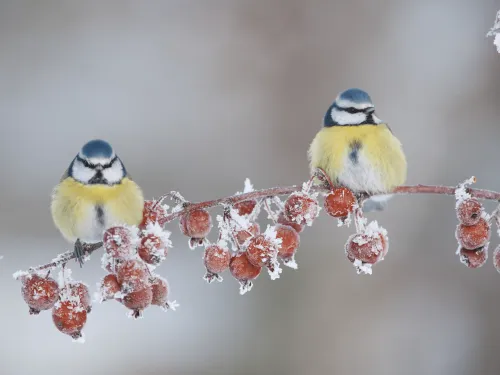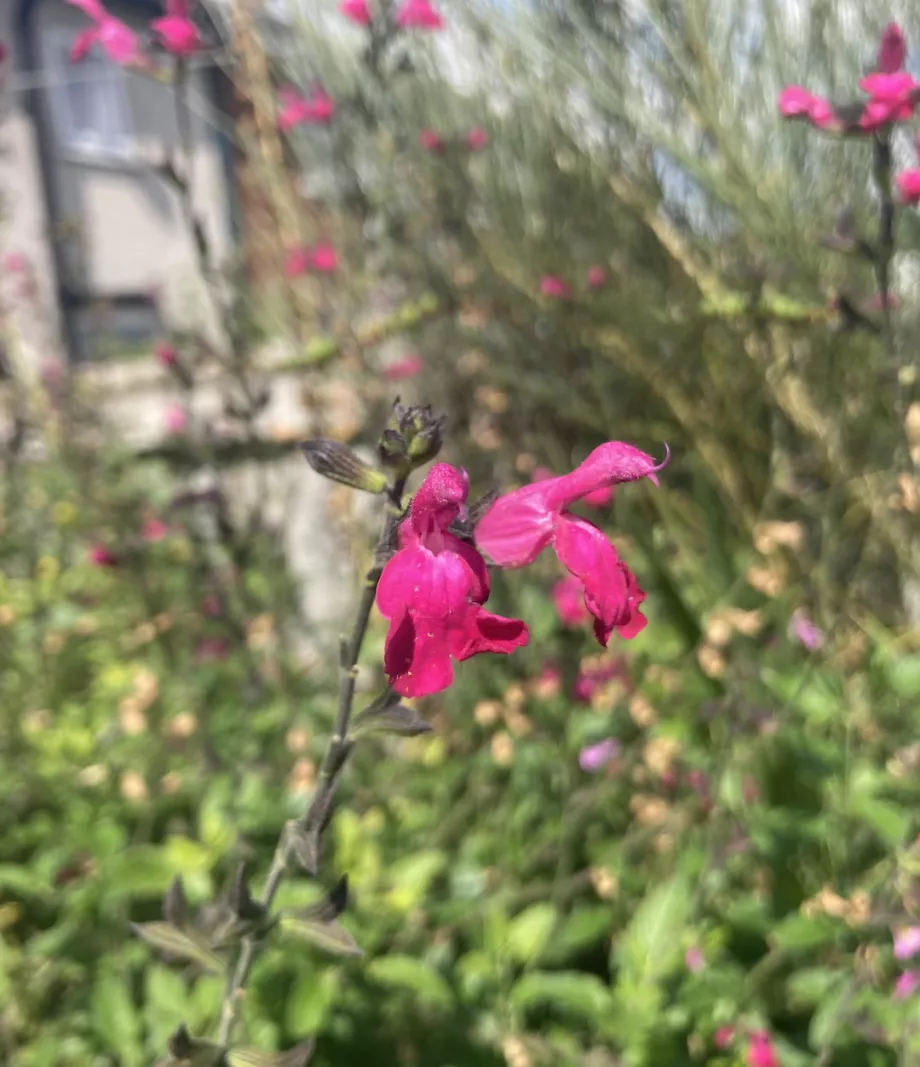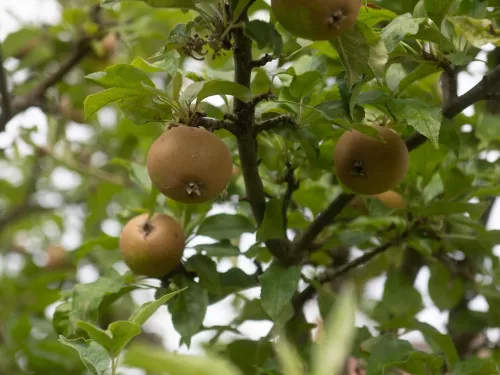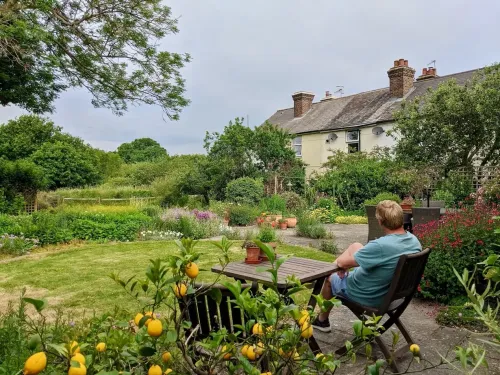
Create a wilder garden this winter
Wilder Gardens Officer, Ellen Tout, talks about her favourite parts of the winter garden and what you can do to make your space a sanctuary for wildlife.


© Vaughn Matthews
Also known as Linaria purpurea, purple toadflax has tall purple flower spikes that attract bees and butterflies. A close relative of our native toadflax plant, this self-seeds around my garden and continues to flower for months. It is also loved by the toadflax moths whose larvae use it as their foodplant in late summer. The delicate purple flowers are beautiful and it’s from these that we have the cultivated snapdragon plant.

©Ellen Tout
The drumstick allium, or Allium sphaerocephalon, is loved by bees in my garden – often with multiple individuals all sharing one flower. These are planted as bulbs in autumn and will flower from mid to late summer. Starting bright green, they gradually turn to a lovely plum colour. The seedheads can be left over winter to provide interesting structure in the garden, as well as habitat and food for wildlife.

© Ellen Tout
With a lovely nighttime scent, evening primrose, or Oenothera biennis, is a wildflower with tall, bell-like yellow flowers. Come the evening, the flowers open fully to attract nighttime pollinators, such as moths. Like other night-scented plants, such as honeysuckle or nicotiana, evening primrose is beneficial for bats who are attracted to the insects as a food source.

© Ellen Tout
Most plants in the salvia, or sage, family are a brilliant source of nectar. I especially love a dark pink Salvia ‘Cherry Pie’ which takes pride of place in my garden. A perennial shrubby salvia, its flowers attract bees and pollinators. These salvias flower throughout summer and into autumn. Although this non-native plant’s flowers are adapted for hummingbirds, UK bees have cleverly learned to pierce a hole in the back of the flowers to reach the nectar.

© Ellen Tout
The edge of my small lawn is dedicated to a ‘mini meadow’ area, where oxeye daisy, or Leucanthemum vulgare, have been teeming with life this year. This will self-seed, so is great for this type of area and is very low maintenance. Mine have been covered in insects all summer, and the landing pads attract butterflies, beetles and flies. Oxeye daisy is also the foodplant for two of the Dichrorampha micro moths.
Although we tend to focus more on our gardens during summer, it’s important to provide space for nature year-round:

Wilder Gardens Officer, Ellen Tout, talks about her favourite parts of the winter garden and what you can do to make your space a sanctuary for wildlife.

Typically, most gardeners and farmers grow annual vegetable crops – those that are sown, planted, and harvested within one growing season. But perennial fruit and vegetables, which grow and produce food for many years, are becoming increasingly popular.…

Volunteer Wild About Gardens Advisor Penny Brook takes us on a journey through her garden to share how they create a flower-filled haven for both people to relax and wildlife to flourish.